Performance Analysis: The Amazing Spider-Man 2
Digital Foundry takes a quick look at the Xbox One and PS4 releases.
The Amazing Spider-Man 2 has become a bit of a mystery. Review copies have been thin on the ground (although that isn't unusual for Activision's licensed games) while the puzzling announcement that the Xbox One version of the game was "indefinitely postponed" provoked a raft of crazy conspiracy theories. The sudden digital release of the game on Xbox Live this week only heightened the interest around what turns out to be a rather average release. What caused the postponement in the first place and how had the situation been resolved? Right now, nobody's talking.
What we can confirm is that Activision initially pulling the game from the release schedule had nothing to do with the quality of the Xbox One conversion work (as if that's ever been a reason for a publisher not to release a substandard port anyway). The Xbox One game has clear disadvantages against the PlayStation 4 release that we'll explore in a moment, but they're best described as annoyances as opposed to anything genuinely game-breaking.
In truth, based on first impressions derived from an hour with both versions, The Amazing Spider-Man 2 is an enormous missed opportunity on a broader level. What we're looking at is a distinctly last-gen effort, spruced up with 1080p imagery and some higher-precision post-processing effects, but little else. Detail in the cityscape is passable but lacking at close range, while - Spider-Man's model apart - overall geometry levels are often bafflingly low. Loading times between missions are very intrusive on both platforms, more so on Xbox One.
Beenox has at least handed in a native 1080p presentation on both Xbox One and PS4, as promised. This is backed up by what appears to be standard post-processing anti-aliasing, seemingly identical between the two games. The simplistic look of the visuals and the abundance of high-contrast edges should give the post-process algorithm plenty to work with, but in practice some jaggies are still evident.


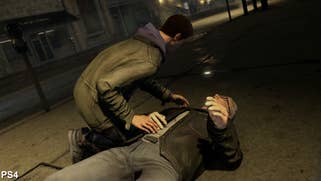
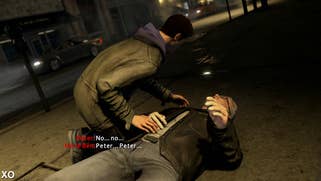
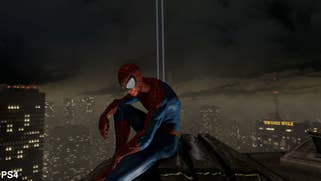

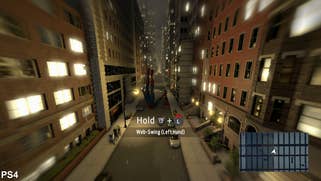
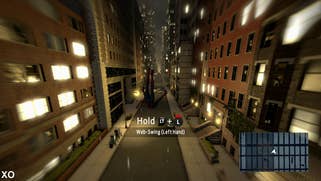
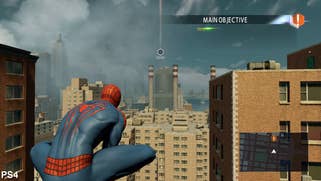
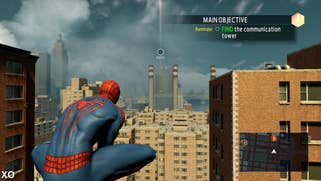

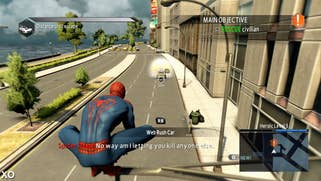
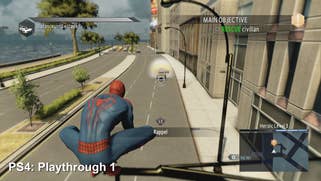
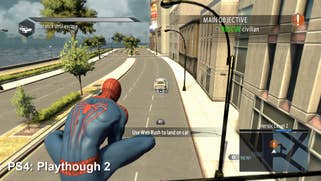
The most immediately noticeable difference between the two platforms is the gamma level - it seems to be excessively skewed on Xbox One, resulting in clear black crush, especially impactful in night-time scenes, where PS4 resolves detail in a much more agreeable manner. Other differences are thin on the ground - there are some examples of textures shunted across and warped where they shouldn't be on Xbox One, and we also see a heavier/blurrier depth-of-field implementation, but these things aren't very noticeable and don't impact on the enjoyment of the game.
Perhaps the biggest mystery is incidental detail, which often appears to be very different between the two versions. Environmental objects ranging from trash cans to trees vary at any given point - even the distribution of AC units on the top of the buildings can change. We played through specific sections on PS4 twice and noted that detail can change accordingly, suggesting some kind of random element at play.
More interesting is the performance of the two versions. While 1080p30 is the target, the PS4 release does the best job of sustaining that performance level. There are a few dropped frames, but virtually nothing impedes the flow of the gameplay. It's a different story on Xbox One, where we see the implementation of an adaptive v-sync - the game caps frame-rate at 30fps just like the PS4 version, but unlike the Sony platform, frame render time often slips over budget. At this point, the game flips the framebuffer as soon as the next image is ready, while the console scans out to the display, causing screen-tear.
"After the drama surrounding the release, the reality is that neither version of the game is particularly impressive, though of the two the PS4 release is our pick."
On top of the crushed colour range, it's the tearing that's the key factor of differentiation between the Xbox One and PS4 versions of the game. It's a little annoying, manifesting mostly as a distracting wobble on-screen, making the experience less solid than the same title running on the Sony console.
The end result is a technically underwhelming (albeit fairly fun) release that does the absolute bare minimum on PS4, but falls a bit short of even achieving that on Xbox One, which is somewhat surprising considering the minimalist visuals.
Bearing in mind the value of the licence and the rich background of characters and storylines available, what's even more surprising is the sheer lack of ambition here. The Amazing Spider-Man 2 doesn't just fall short of being a good next-gen title, it's feels sub-par when compared against the best open-world games of the Xbox 360 and PlayStation 3 era. Even up against the existing Batman Arkham titles it seeks to emulate, our initial impression is that The Amazing Spider-Man 2 falls well short of expectations. Let's hope for better things in the future.




